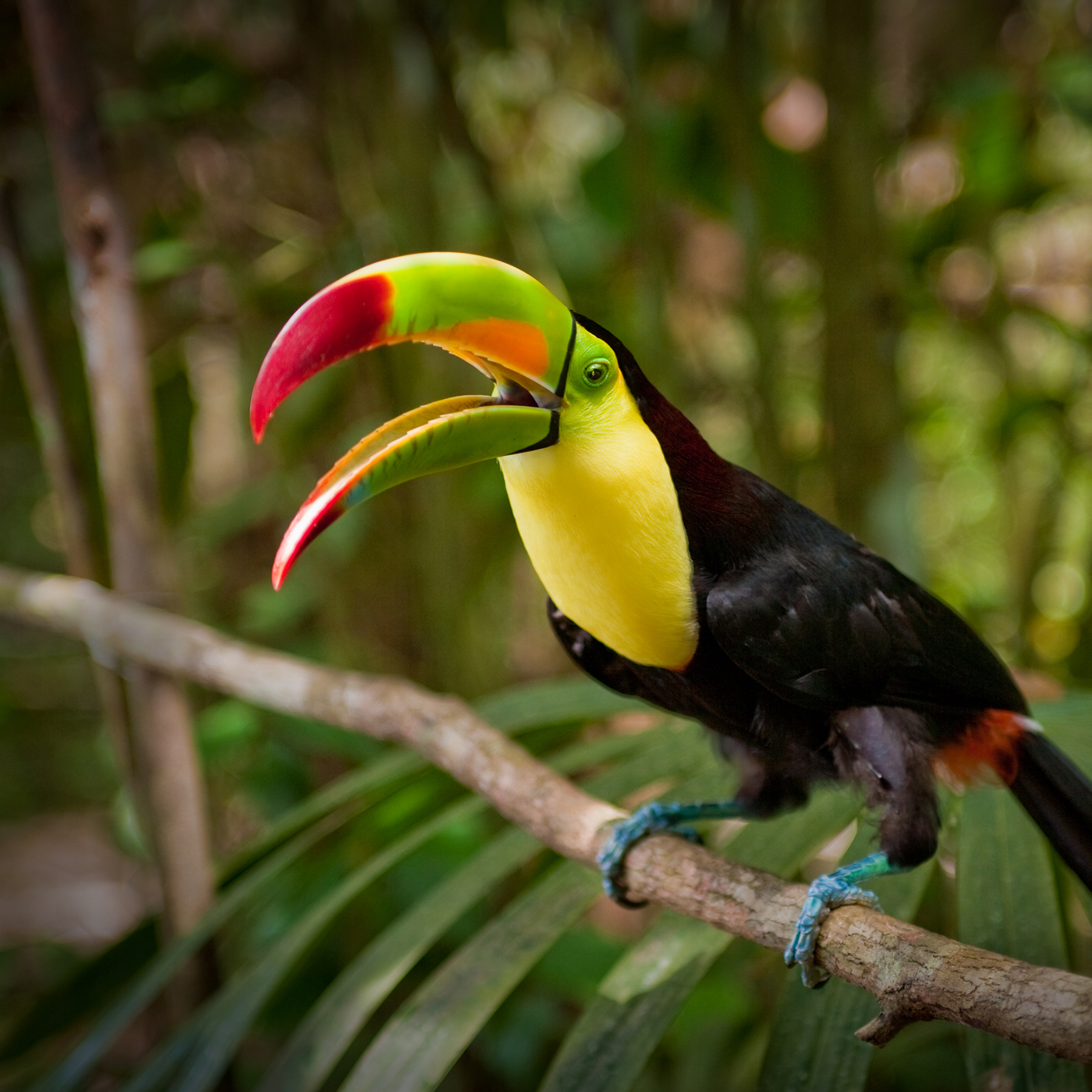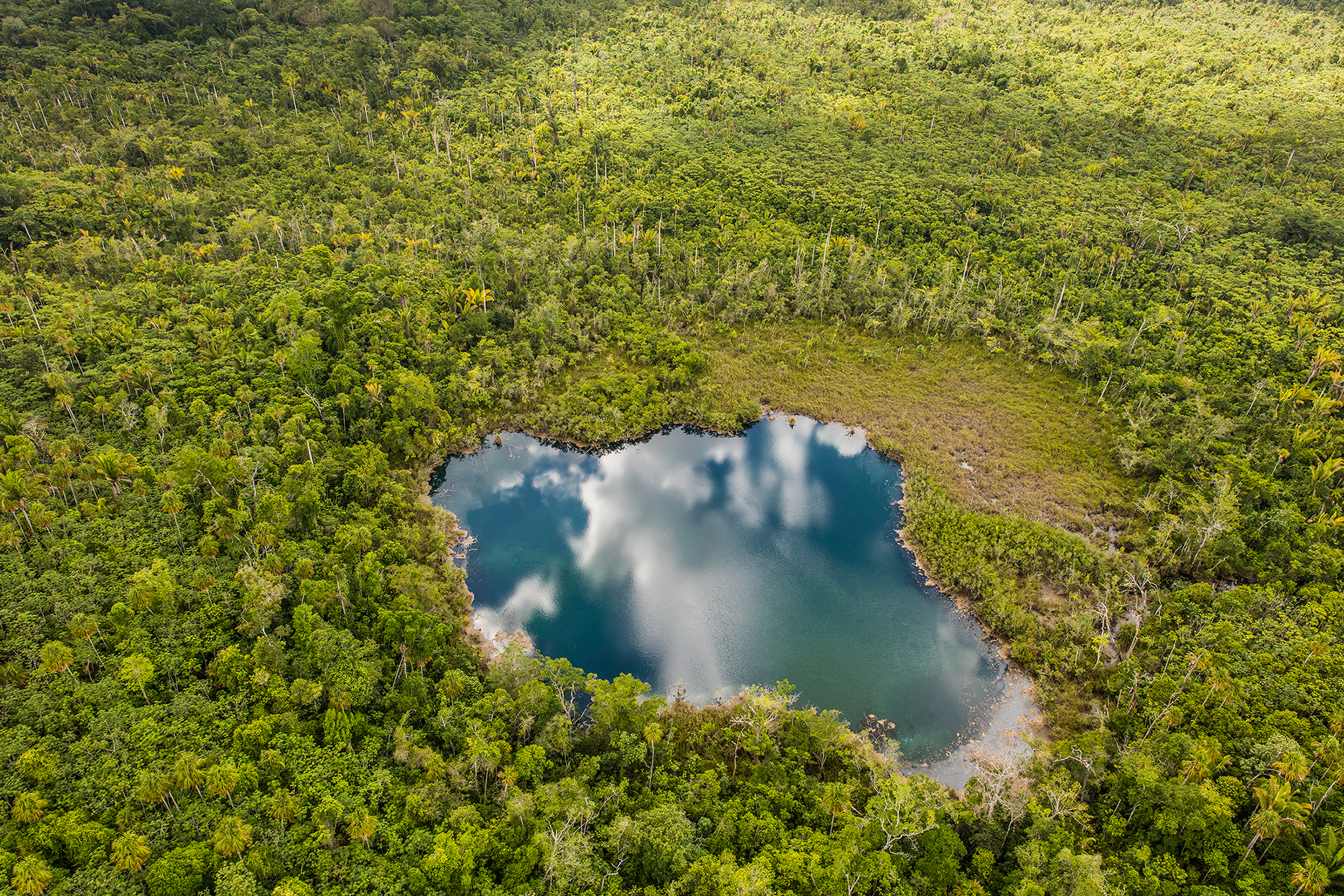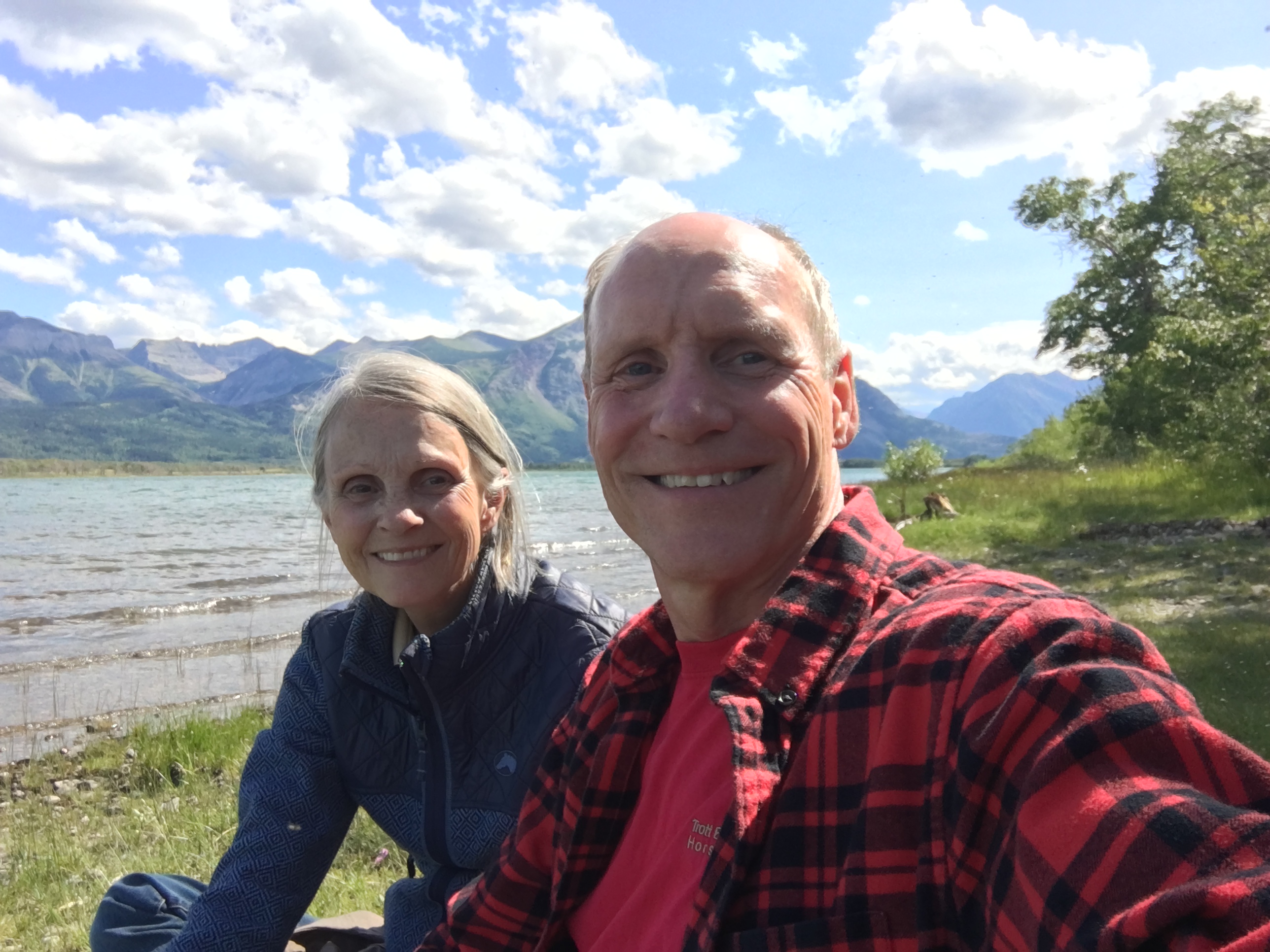To stand in the Maya Forest of Belize is to be surrounded by innumerable shades of green. To hear the lively chatter among scarlet macaws, keel-billed toucans and hundreds of other bird species. To be in a place where time witnessed an ancient civilization rise, thrive and fade.
Today, it is the forest itself, and all the mystery it holds, that is at risk of disappearing. The region’s tropical forests are being cleared at an alarming rate by logging and to make way for slash and burn agriculture, cattle ranching, and development. Between 1986 and 2018, the nation’s forest stocks declined by more than 28%. When forests are removed, the carbon they store escapes into the atmosphere. Loss of tropical forests such as those in Belize is responsible for about 20% of global greenhouse gas emissions—a significant factor in the face of climate change.
That’s why The Nature Conservancy facilitated a coalition of more than a dozen entities that recently conserved 236,000 acres of Belize’s Maya Forest. In addition to hundreds of species of resident and migratory birds, at least 70 species of mammals, such as jaguars, pumas, and howler and spider monkeys, rely on the tropical rainforest.
“This area has great historical and cultural significance, and it is impossible to overstate its ecological importance,” says Julie Robinson, TNC’s program director in Belize. “And just by ensuring it will endure, we are helping solve the most urgent problem of our time—climate change.” The Conservancy’s climate scientists estimate that using natural solutions to avoid greenhouse gas emissions, including conserving at-risk priority landscapes like the Maya Forest, can deliver about one third of the global emissions reduction needed by 2030.

Saving History
Ancient Mayans carried out sacred ceremonies around the forest’s deep, clear freshwater pools of Cara Blanca, which shelter significant archaeological sites. Their pyramid-building civilization flourished across Central America until around 800 A.D., when it began to collapse—which is thought to have been due at least in part to drought. The Conservancy hopes to help reconnect local Indigenous communities to the area.

Saving Wildlife
Jaguars are among the most threatened large
cats in the Americas, largely because of habitat loss. Because they are
the top predators in the Maya Forest, the health of the jaguar
population is an indicator of overall ecosystem health. These protected
acres will continue to provide jaguars with room to roam.

Saving Connectivity
The Conservancy has identified this area
as among the top 10% of places where habitat protection could
significantly reduce species extinction risk. Globally, bird populations
are in trouble; this addition to a protected corridor will help more
than 100 species of migratory birds, such as the black-and-white warbler
and ruby-throated hummingbird, find safe haven during winter migration.
It will also provide habitat for Belize’s national bird, the
keel-billed toucan.





